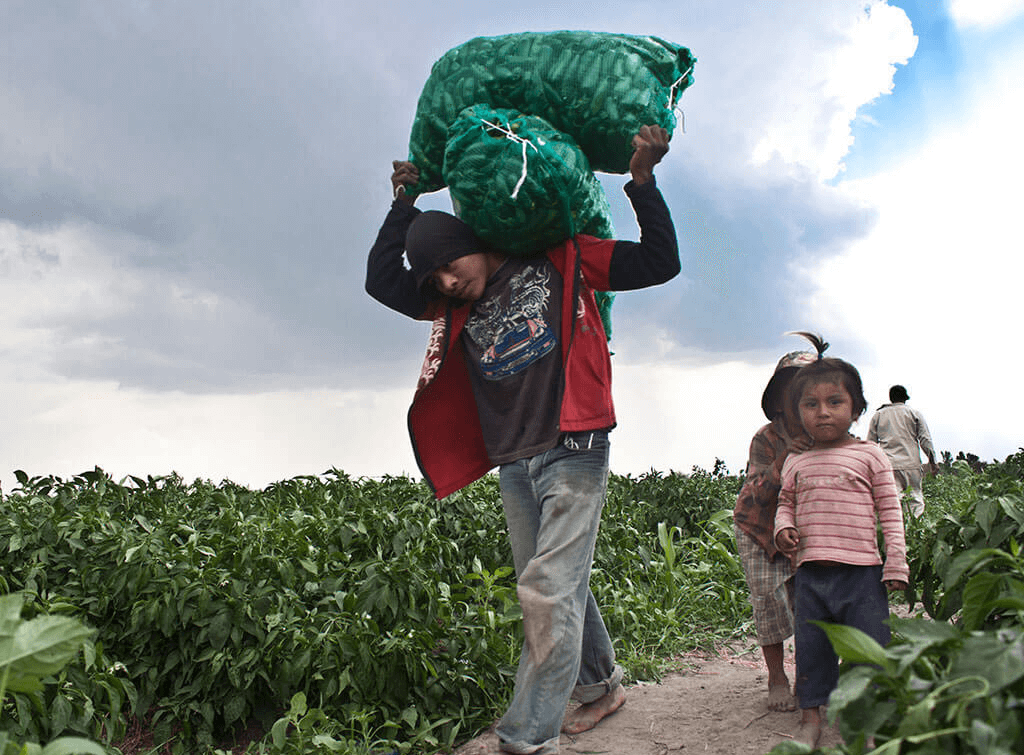In 2023, a total of 665 labor inspectors in Mexico conducted 48,180 inspections in various workplaces.
During these inspections, an unspecified number of violations of federal child labor regulations were detected.
On the other hand, the labor inspection in Chihuahua identified 42 violations in this area.
These findings were released by the U.S. Department of Labor as part of an annual global report.
Although the Mexican government has investigated suspected cases of the worst forms of child labor and convicted those responsible, the total number of investigations, prosecutions and convictions is unknown.
Labor Reforms
In 2023, the Mexican Congress approved significant reforms to the Federal Labor Law and the Social Security Law. The reforms include significant fines for non-compliance. In addition, they establish that workers must receive social security, signed copies of their contracts, access to food, water, medical care during the workday, safe transportation, and child care services.
However, the minimum working age in Mexico is 15, which is lower than the mandatory education age of 18. This discrepancy could motivate children to drop out of school before completing their education.
Labor Inspectors in Mexico
The Department of Labor recommended increasing the number of labor inspectors in Mexico from 529 to 3,947 at the federal level. The measure seeks to ensure adequate coverage for a labor force of approximately 59.2 million workers. In addition, it was suggested to improve access to training for federal and state inspectors, focusing on protocols related to child labor. It is essential to ensure compliance with guidelines for identifying, sanctioning and referring for criminal investigation violations in this area.
Education Challenges
Mexico has committed to offer free and compulsory education to all children. However, between 2022 and 2023, 5 million students, mostly from rural areas, dropped out of school. Reasons include the lack of schools and access to the Internet or computers for virtual learning.
Also, the shortage of schools in rural agricultural states has made it difficult for the children of agricultural workers, many of whom are migrant and of indigenous origin, to receive an education. Indigenous children face even more challenges. They have fewer opportunities to attend school due to the lack of nearby educational institutions, scarcity of materials, lack of instruction in native languages, and the presence of organized crime in their school environments.

